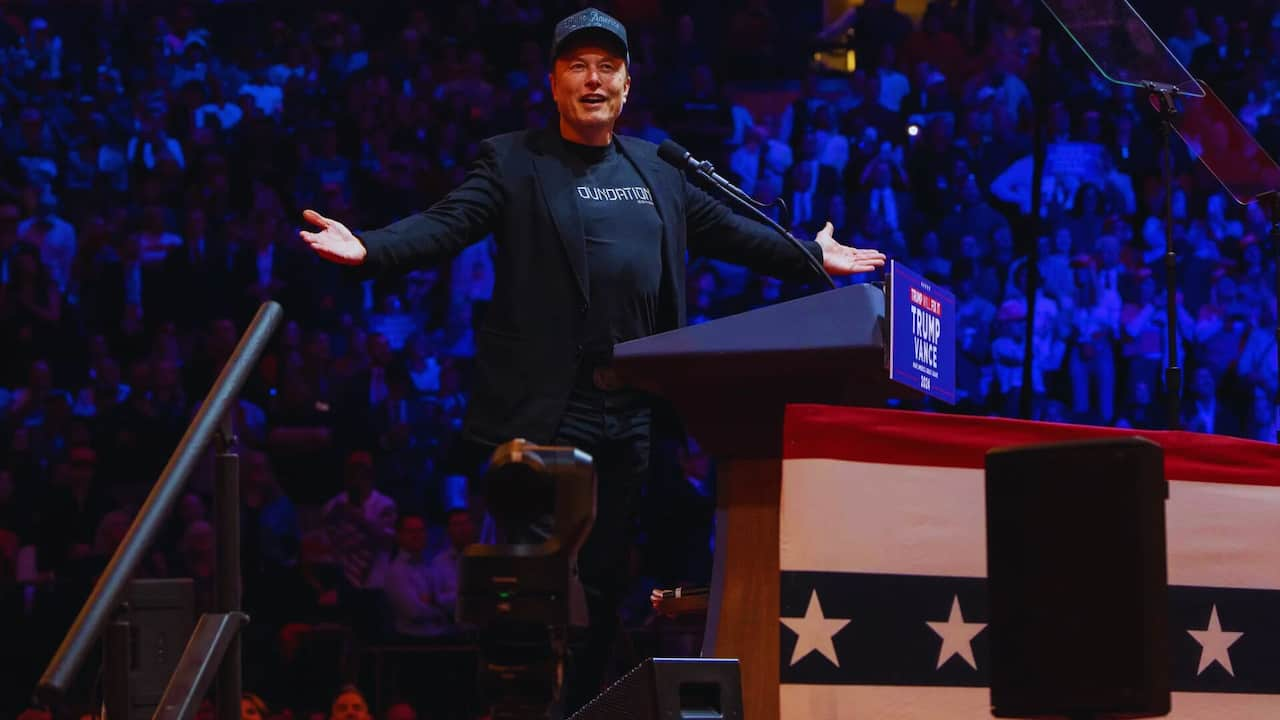Tech Titans Take Washington: Trump Taps Musk and Ramaswamy for Revolutionary Government Overhaul
President-elect Donald Trump has announced a bold plan to reshape the federal government, appointing tech mogul Elon Musk and entrepreneur Vivek Ramaswamy to lead the “Department of Government Efficiency” (DOGE).
On November 12, 2024, Trump announced his most ambitious attempt to “drain the swamp,” this time with assistance from two of America’s most controversial business figures. The initiative aims to slash $2 trillion from federal spending and dramatically streamline government operations by July 4, 2026.
A Silicon Valley Solution to Washington’s Waste?
Musk, fresh from his $100 million campaign contribution to Trump’s successful presidential bid, brings his trademark disruptive approach to this unprecedented role. The CEO of Tesla and SpaceX has already pledged to inflict significant changes on the system, specifically focusing on what he refers to as pervasive government waste.
The new department has several key objectives
- Cutting $2 trillion from federal spending
- Streamlining bureaucratic processes
- Reducing the federal workforce
- Eliminating redundant programs
- Modernizing government operations
Conflicts and complications.
However, the announcement raises serious questions about potential conflicts of interest. Musk’s companies, including SpaceX and Tesla, have:
- Secured more than $10 billion in federal contracts.
- Face 20 or more ongoing federal investigations.
- Depend heavily on government oversight agencies.
The appointment puts Musk in the unusual position of potentially overseeing agencies that regulate his own companies. Trump’s statement indicates Musk will provide “advice and guidance from outside of government,” though the exact nature of his role remains unclear.
The Ramaswamy Factor
Ramaswamy, the 39-year-old former pharmaceutical executive who transformed from Trump rival to devoted supporter, brings his own radical vision for government reform. His previous proposals included:
- Eliminating the Education Department
- Disbanding the FBI
- Restructuring the IRS
- Reducing the federal workforce by 75%
- Cutting foreign aid to multiple nations
Historical context and challenges
This isn’t the first attempt to overhaul federal bureaucracy. The Clinton administration’s “Reinventing Government” initiative under Al Gore achieved modest success but fell short of transformative change. The federal workforce, currently around three million employees, has actually grown slightly in recent years.
Questions Remain
Critical details about DOGE remain unclear, including:
- Its legal authority and structure
- Staffing and budget
- Implementation timeline
- Congressional oversight requirements
- Impact on existing federal employees
Looking Ahead
The ambitious July 4, 2026, deadline coincides with America’s 250th anniversary, which Trump calls “the perfect gift to America.” However, experts note that previous government reform efforts have faced significant institutional resistance and practical challenges.
The success of this Silicon Valley-style disruption in the federal bureaucracy remains uncertain as Washington prepares for this unprecedented experiment in government efficiency. With Musk’s technological innovation and Ramaswamy’s aggressive reform agenda, the initiative promises to be one of the most watched aspects of Trump’s second term.
The plan represents either a revolutionary approach to government reform or an unprecedented concentration of power in the hands of private sector leaders—or perhaps both.
As one senior government official noted, speaking on condition of anonymity, “This could either be the biggest shake-up in federal government history or the biggest clash between Silicon Valley innovation and Washington bureaucracy we’ve ever seen.”
